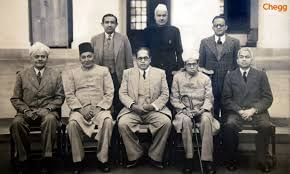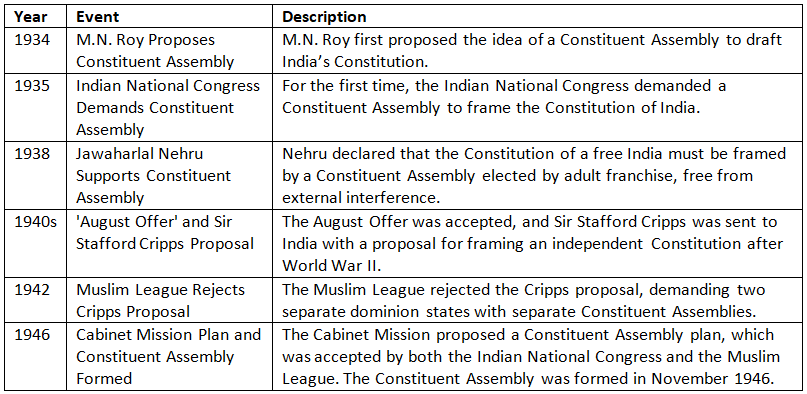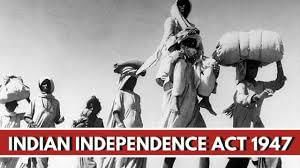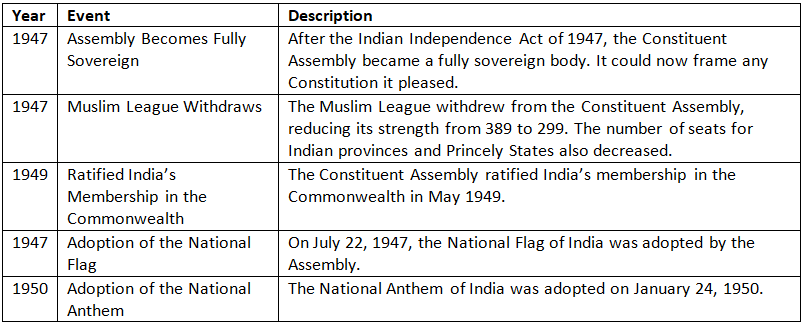Cheat Sheet: Making of the Constitution | Indian Polity for UPSC CSE PDF Download
Introduction
The Constitution of India is the supreme law of the country. It was made by a group of people called the Constituent Assembly, who worked hard to create a set of rules to run the country after independence. The idea to make our own Constitution started in 1934, and after many discussions and meetings, it was finally completed in 1949. It came into force on 26th January 1950, the day we celebrate as Republic Day. This Constitution gives us rights, duties, and a system to govern our country.
The Formation of the Constituent Assembly


The Structure and Elections of the Constituent Assembly

The First Session and Objective Resolution

Key Provisions of the Objective Resolution

Changes After the Indian Independence Act of 1947


Committees of the Constituent Assembly

Enactment and Enforcement of the Constitution

Thus, this chronology provides a simple and clear overview of how the Constitution of India was made — starting from the first proposal for a Constituent Assembly in 1934 to the final adoption and enforcement of the Constitution in 1950. It highlights the important events, major committees, and key decisions that played a role in shaping the Constitution. It also shows how the process continued even after India became independent. Understanding these stages helps us appreciate the values and vision behind the Constitution that still guide the governance of our country today.
|
154 videos|998 docs|260 tests
|
FAQs on Cheat Sheet: Making of the Constitution - Indian Polity for UPSC CSE
| 1. What were the main challenges faced during the drafting of the Constitution? |  |
| 2. Who were some key figures involved in the Constitution's creation, and what roles did they play? |  |
| 3. What is the significance of the Federalist Papers in relation to the Constitution? |  |
| 4. How did the Bill of Rights come to be added to the Constitution? |  |
| 5. What is the process for amending the Constitution, and why is it significant? |  |






















